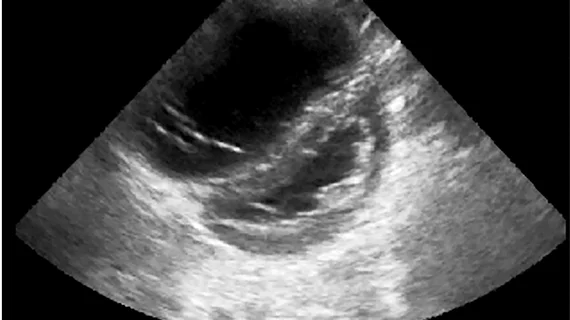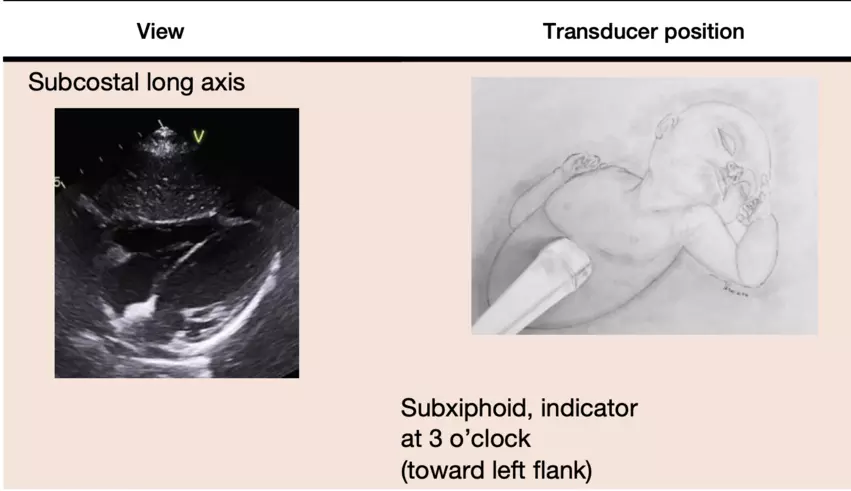New ASE guidance examines cardiac POCUS in children
A new guideline document from the American Society of Echocardiography (ASE) establishes a framework for indications for cardiac point-of-care ultrasound (POCUS) among pediatric patients. The document was designed to bring more consistency to the use of cardiac POCUS in children, which can be a challenging area for imagers due to the anatomic and physiologic differences between adult and pediatric patients.
The ASE said in a statement that technological advances and improved education have led to widespread use of bedside cardiac POCUS. This "quick look" version of a full echocardiogram is used to triage patients and quickly evaluate and diagnose ventricular function and physiology.
The information presented in the new guidance is intended to facilitate collaboration between subspecialties and pediatric echocardiography laboratories by focusing on indications, imaging recommendations, training, competency assessments, quality assurance and more.
“Although the clinical scenarios for someone in the pediatric emergency room, intensive care unit or operating room may vary dramatically, there are common technical factors to consider when imaging children and the same need for appropriate training and quality assurance,” lead author Jimmy C. Lu, MD, an associate professor and pediatric cardiologist at the C. S. Mott Children's Hospital, University of Michigan Health, said in the ASE statement. “Previously, there were not uniform recommendations for utilization in the pediatric population, leading to variation among specialties, sometimes even within the same institution. This guideline aims to define those common considerations and to emphasize the importance of collaboration across specialties to optimize pediatric patient care.”
The guideline recommendations were developed by a writing group comprised of experts from different specialties, offering an array of perspectives and approaches. The document is intended to facilitate collaboration among subspecialties and pediatric echocardiography laboratories by identifying key considerations regarding indications, imaging recommendations, training and competency assessment, and quality assurance.
This document was first published in the March 2023 issue of the Journal of the American Society of Echocardiography. The guidelines can also be found on the ASE website at ASEcho.org/Guidelines.


